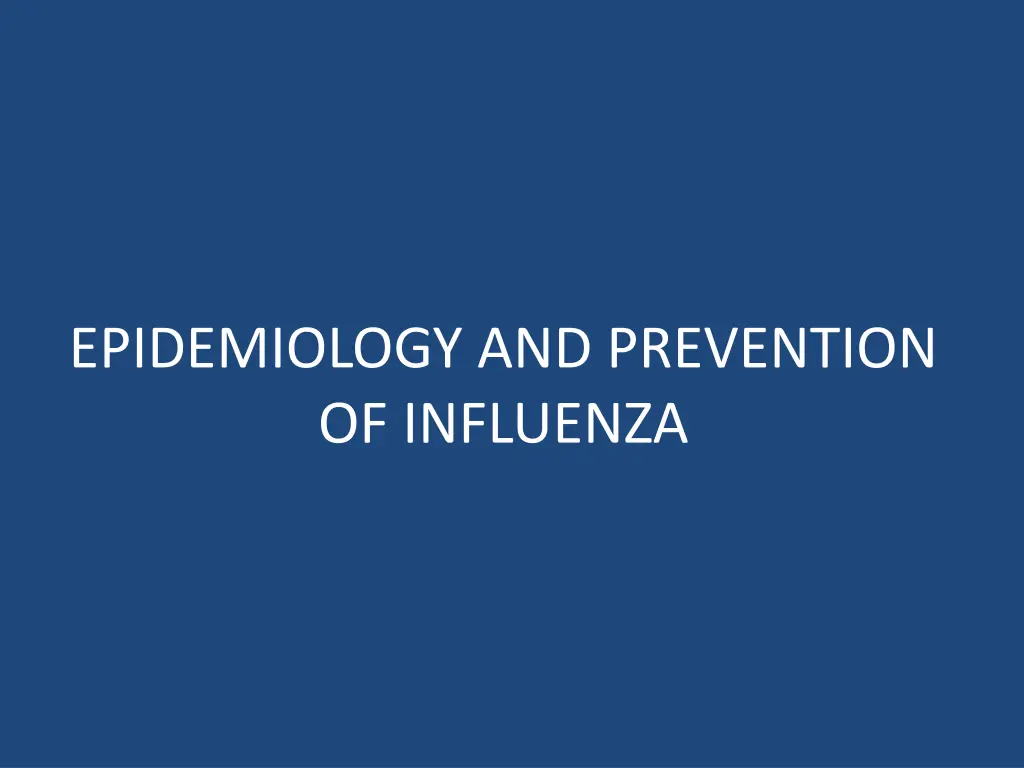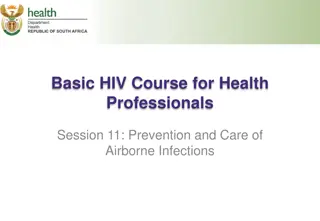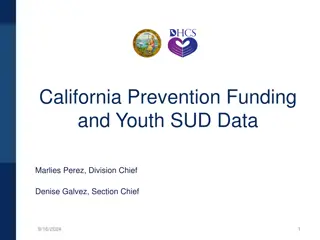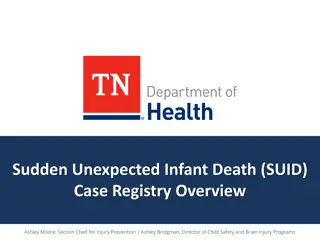
Epidemiology and Prevention of Influenza Overview
Learn about the unique epidemiology, clinical features, transmission, diagnosis, and genetic characteristics of influenza. Understand how the virus spreads, its impact on global health, and ways to prevent and manage influenza outbreaks effectively.
Download Presentation

Please find below an Image/Link to download the presentation.
The content on the website is provided AS IS for your information and personal use only. It may not be sold, licensed, or shared on other websites without obtaining consent from the author. If you encounter any issues during the download, it is possible that the publisher has removed the file from their server.
You are allowed to download the files provided on this website for personal or commercial use, subject to the condition that they are used lawfully. All files are the property of their respective owners.
The content on the website is provided AS IS for your information and personal use only. It may not be sold, licensed, or shared on other websites without obtaining consent from the author.
E N D
Presentation Transcript
EPIDEMIOLOGY AND PREVENTION OF INFLUENZA
Introduction Unique epidemiology: Seasonal attack rates of 10% to 30% Global pandemics Influenza viruses are epizootic in avian animal The influenza continue to cause widespread epidemics (unpredictable antigenic changes)
Clinical Features of Influenza Fever with respiratory symptoms Myalgia and headache GI symptoms Primary influenza viral pneumonia Secondary bacterial pneumonia
Transmission Aerosols secretions (coughing, sneezing, and talking) Direct or indirect IP 1- 4 days Infectivity: shortly before the appearance of the symptoms up to the 4thor 5thday of the symptoms
Diagnosis Viral culture Serology Rapid test PCR
The Virus First isolated 1933 Technique of culture in hens eggs first described in 1936 Influenza virus B first isolated in 1940 Influenza virus C first isolated in 1947
The virus 3 types (A, B, and C) A and B contain 8 segments of single-straded RNA That code for 10 proteins The most important 2 glycoproteins are HA and NA. Their importance are in the pathogenesis and immune protection.
The Genes of Influenza A Virus and Their Protein Products RNA Segment Number Gene Product Protein Proposed Functions of Protein 1 PBI Polymerase RNA transcriptase 2 PB2 Polymerase RNA transcriptase (host range determinant) 3 PA Polymerase RNA transcriptase 4 HA Hemagglutinin Viral attachment to cell membranes; major antigenic and virulence determinant 5 NA Neuraminidase Release from membranes; major antigenic determinant 6 NP Nucleoprotein Encapsidates RNA, type-specific antigen 7 MI Matrix Surrounds viral core; involved in assembly and budding M2 Ion channel 8 NS1 Nonstructural RNA binding, anti-interferon NS2 Nonstructural Unknown
The Virus HA function It serves as an attachment protein It also serves as a virulence determinant NA function NA cleaves sialic acid residues to allow virus release from the host epithelial cell The subtypes of influenza A viruts are determined by these two surface antigens
Epidemics and Pandemics Annual epidemics Global Pandemics
Characteristic pattern of an influenza pandemic Starts from a single geographic focus Rapidly spread along routes of travel High attack rate of all age groups Case fatality isn t increased substanically Multiple waves
Pandemics and Epidemics The 1918 Spanish influenza pandemic AR = 20% - 30% (in adults) and 30% - 45% (in children) CF 15% - 50% (mostly in young adult) Annual local epidemics characteristics: Follow predictable pattern Usually occur between November and March in the northern hemisphere High attack rates among schoolchildren Increased pneumonia and influenza hospital admission Increased number of deaths from pneumonic and influenza Usually starts abruptly and reaches the peak within 3wks and ends by the 8th wk 2 strains may coexist Usually occur between May and September in the southern hemisphere Virus survives better in environments of lower temperature and humidity Rates of infection in infants and children are higher than those of adults Rates of hospitalization are highest in infants followed by elderly
Factors affecting the size and impact of an influenza epidemics Degree of the antigenic variation of the new virus Virus virulence Existing protective immunity
Epidemics in North America AR 10%-20% AR in certain population group ranges between 40%-50% Influenza associated deaths range between 20,000 and 40,000 annually Persons aged more than 65 years account for 90% of influenza associated deaths The cumulative deaths during successive annual epidemics of an interpandemic period often exceed the death in the pandemic period Example: In the 1968-69 H3N2 pandemic, total deaths estimated to be 34,000, but the virus caused more than 300,000 deaths in the annual epidemics in the subsequent 21 years Annual influenza has been associated with an average of 226,000 hospitalizations per year in the United States Most epidemic and all 20th-century pandemic infections by influenza virus are type A
Surveillance of Influanza Necessary to track epidemic To detect pandemics To determine virus serotypes for vaccine policy
Mechanisms of Antigenic Variation Antigenic drift Minor antigenic changes Antigenic shift Major antigenic changes Mixing vessel Pandemic may occur when: If a shift variant: Retains the ability to replicate well in humans Is efficiently transmissible between humans And has new surface HA or NA determinants that evade existing influenza antibody profiles in the human population 3 antigenic shifts occurred during the 20thcentury






















